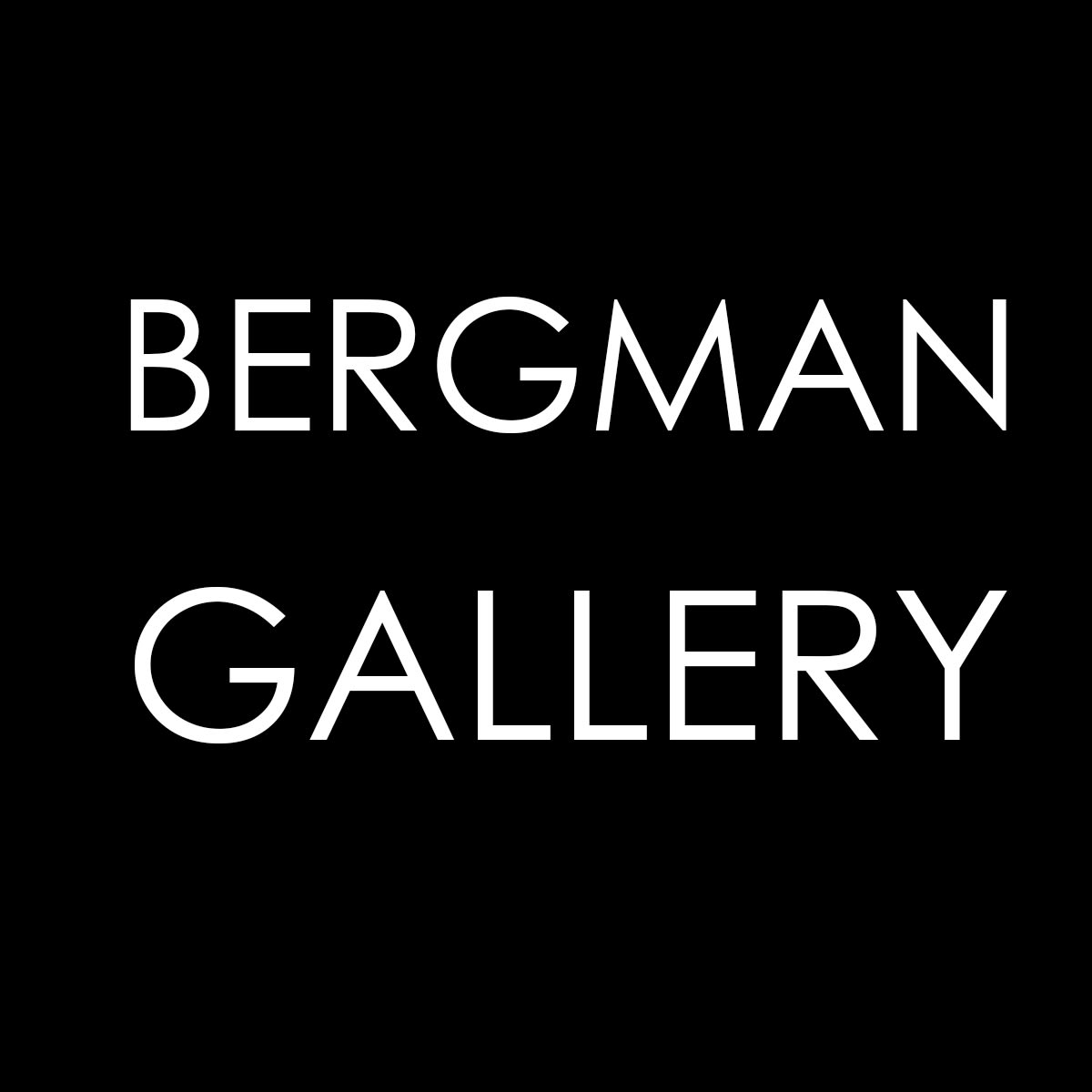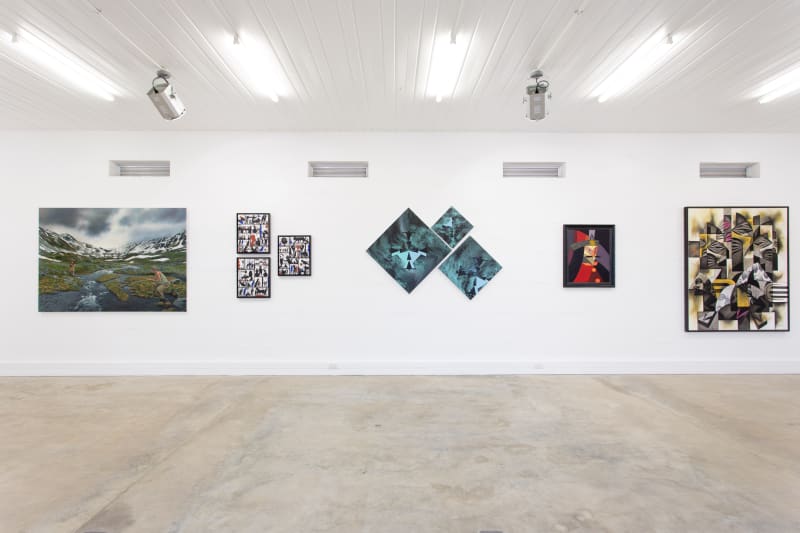What is modern Pacific art? It’s the past and the future, a collective of people, ideas and approaches. It is a celebration of Pacific Art as a contemporary art form in its own right. And it is an evolution of Bergman Gallery. “MPA#1 is a statement of place – a statement of the gallery’s philosophy,” says Ben Bergman, Director of Bergman Gallery. “The type of art we want to foster, develop and to take to the world.”
When Ben first stepped into the role of director back in 2001, it was to lead the direction of Beachcomber Contemporary Art (BCA), as the gallery was then known. It started, and continues, with a strong base of Cook Islands and Pacific artists, many of whom have spanned the gallery’s life journey. “Mark Cross was there right at the start when BCA first began – he had an important impact,” says Bergman, with Cross’s beachscape | figurative works from this time included in private collections in the Cook Islands, and a more recent work featured in MPA1.
As the direction of the gallery developed and changed, the need for a purpose built exhibition space became clear. This was constructed in 2009, and allowed the gallery the capacity to host shows to rival international exhibitions. In 2016, BCA evolved into Bergman Gallery, with a strong focus on showcasing Modern Pacific Art in all its forms.
MPA1 is the first show that brings together all the artists represented by Bergman Gallery: Andy Leleisi’uao, Benjamin Work, Tungane Broadbent, Reuben Paterson, Michel Tuffery, Nanette Lela’uau, Mark Cross, Mahiriki Tangaroa and Sylvia Marsters and there are some new faces to Bergman Gallery, with Julian Hooper, Brendan Kitto and Raymond Sagapolutele. The full complement of 12 artists in the show are some of the best in the Pacific. Modern Pacific Art does not exclude traditional forms. The striking Tivaivai by Tungane Broadbent is an art form that has long existed in the Cook Islands. Her Tivaivai Manu was completed over 6 months, and features an intricate design of white on blue based on the Hawaiian pattern of a silversword plant. Broadbent says Bergman saw the completed Tivaivai in her home, and liked it so much he asked her to include it in the show. “The cutting is not hard,” says Broadbent, although this is a statement made after decades of experience. “I like my Tivaivai with a border on the sides as well.”
The work of Mahiriki Tangaroa brings another approach, and for the artist the chance to push the boundaries of her own practice alongside a return to painting full time. “It was the opportunity to produce a large scale piece,” she says, something she had been working towards. The experience was one of freedom to work on a larger piece of canvas – to complete one section at time and discover the shape of the painting in its entirety. “With every exhibition it’s the opportunity to make a statement. I started and it just flowed.” Her painting, Indefinite Deliberations Harnessed by God, is about discussions and conversations that take place in the Cook Islands. “They tend to circulate,” Tangaroa says, long and thoughtful conversations that are often politically motivated and seek change.
MPA1 then, is what modern Pacific art can represent: a wall of stars, Matariki, by Michel Tuffery; the flamboyant glitter work of Reuben Paterson; new work by Andy Leleisi’uao, who was on residency in New York City as part of his 2017 Paramount Wallace Art Award; the evolution of Vlad 13 featuring black pearl eyes by Julian Hooper; and new from Benjamin Work, a series which explores the process of manner and of approach as the artist “navigates the relational spaces and connections to our natural environment as well as the impact on our social and political climate in these rapidly changing times.” There is the subtle floral brilliance of Sylvia Marsters, Distillation of Death by Nanette Lela’ulu, and from Raymond Sagapolutele, a digital print, Feagaiga/Covenant, which represents the lifelong commitment in Samoan culture of brothers to respect, serve and honour their sisters.
Brendan Kitto is one of the three new artists in the show, an Auckland based photographer of predominantly urban popular culture and fashion. Makea’s Palace, 2018, was inspired by his journey to retrace his family’s Rarotongan heritage, beginning with his New Zealand grandfather Donald Reid, who was Secretary to the Resident Commissioner of the Cook Islands in 1939-50, and his Rarotongan grandmother, Teariki Upokoina Rose Estall. “It was an honour to be included in this exhibition and exhibit beside friends and some of the best Cook Island and New Zealand artists at this current time. The image is part of a body of work that I am creating around my family history,” says Kitto, the Makea Palace grounds discovered to be one of many family ties to the island. “I’m wanting to create images that document my own memories, but that also leave room for the viewer to apply their own interpretation and experiences. This is something I try to apply to all my photography.”
Eyes are drawn first and last though to the epic narrative that is Mark Cross’s Lua & Segomo, War Gods in Spring. “This goes back to an idea that has come up in my work from time to time – the tension between two opposites,” says Cross. “There are no answers here and these two war gods are poised forever to be in conflict suggesting that humanity’s penchant for war may never be overcome.”
And so the Pacific tradition of creativity continues – a call to question connection and conflict, sense of place and sense of the personal, and a way to see the future.









